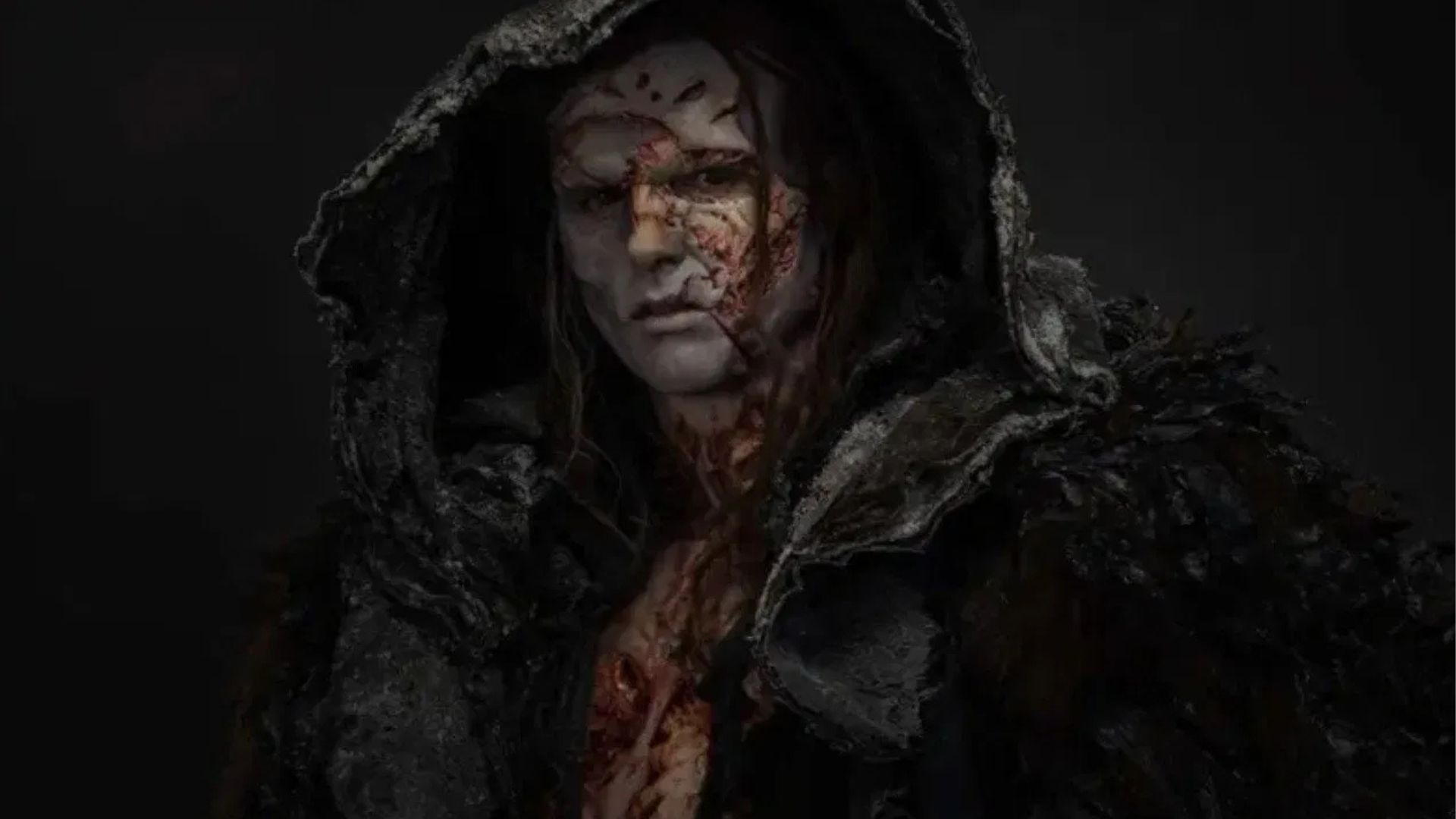New season of Ryan Murphy’s anthology rescues the crimes of the “Plainfield butcher”, who inspired iconic cinema villains
Netflix announced on Wednesday, August 27, the debut date of Monster: The story of Ed Geinthird season of the anthology Monsterscreated by Ryan Murphy (American Horror Story). After portraying Jeffrey Dahmer and the Menéndez Brothersthe production now plunges into the case of the man who inspired some of the most iconic villains of horror cinema.
Who was Ed Gein?
Born in 1906 in Wisconsin, Ed Gein had an abuse-marked childhood: his father was an alcoholic and the extremely controlling mother kept her children isolated, trying to push them away from what she considered immoral. The sick relationship with his mother led Gein to develop an obsession that intensified after her death in 1945, when he began to live in a secluded way on a farm.
During this time he began to dig up bodies to collect remains and later murder. Was arrested in 1957 for the murder of Bernice Wordenwhose beheaded body was found in your home. Authorities also found that Gein produced furniture and objects with human skin and bones, as well as masks made with faces of their victims.
From crime to pop culture
Gein crimes shocked the world and quickly surpassed the police news, influencing pop culture. His story served as a direct inspiration for cinema villains, such as Leatherface, from The electric saw massacre (1974), Norman Bates, from Psychosis (1960), and Buffalo Bill, from The silence of the innocent (1991). Check out the similarities:
-
Norman Bates (Psychosis): Inspired by Gein’s sick relationship with his mother. He was extremely attached to her and, after his death, began to live isolated, maintaining an almost delusional connection with the maternal figure – something that is reflected in Hitchcock’s character.
-
Leatherface (The electric saw massacre): Directly associated with Gein’s habit of creating masks and objects made with human skin. Leatherface uses the face of the victims such as disguise, echoing the macabre practice discovered at Gein’s house.
-
Buffalo Bill (The silence of the innocent): Like Gein, I had the obsession of transforming human skin into “clothing.” The desire to literally wear the body of its victims refers to the compulsion of gein to make clothes and objects with remains.
More than killing, Gein He turned the bodies into symbols of his obsessions, and it was this ritual and macabre dimension that made it a model for the psychological and visceral terror portrayed in Hollywood.
Condemnation and Macabre Legacy
Ed Gein was convicted of the murders of Bernice Worden and Mary Hogan, as well as suspecting other crimes. Considered mentally incapable, he spent his life in psychiatric institutions until he died in 1984, a victim of lung cancer at age 77.
After his arrest in 1958, the house where the crimes occurred was set on fire. Many believe the fire was purposeful to prevent the site from becoming a macabre tourist attraction.
Now, with Monster: The story of Ed Gein, Ryan Murphy It intends to explore not only the horrors committed by the “Plainfield butcher”, but also how its trajectory shaped modern terror and cultural fascination with dark figures.
Also read:‘Monster: The story of Ed Gein’, new to Ryan Murphy, earns a debut date on Netflix
What was the best movie of 2025 so far? Vote for your favorite!
- Anora
- Conclave
- Flower
- Victory
- Sinners
- Thunderbolts*
- Man with h
- Karate Kid: Legends
- Premonition 6: Blood Ties
- Mission: Impossible – The Final Set
- How to train your dragon
- F1: The Movie
- Superman
- Fantastic Four: First Steps
- Materialistic loves
- A nicer Friday
- The Time of Evil
- Together
- Run the police are coming!
- Make her come back
Source: Rollingstone
Emma Jack is a writer at Gossipify, covering fashion, beauty, lifestyle, and pop culture trends. She stays current on the latest trends and offers readers up-to-date information on what’s hot in the industry. With a background in fashion journalism from Parsons School of Design, she offers a unique perspective and analysis of current trends.








